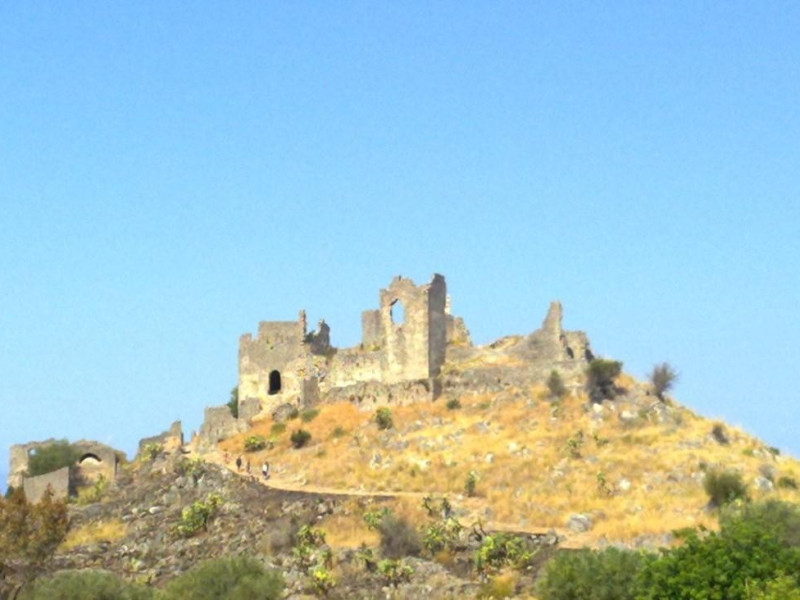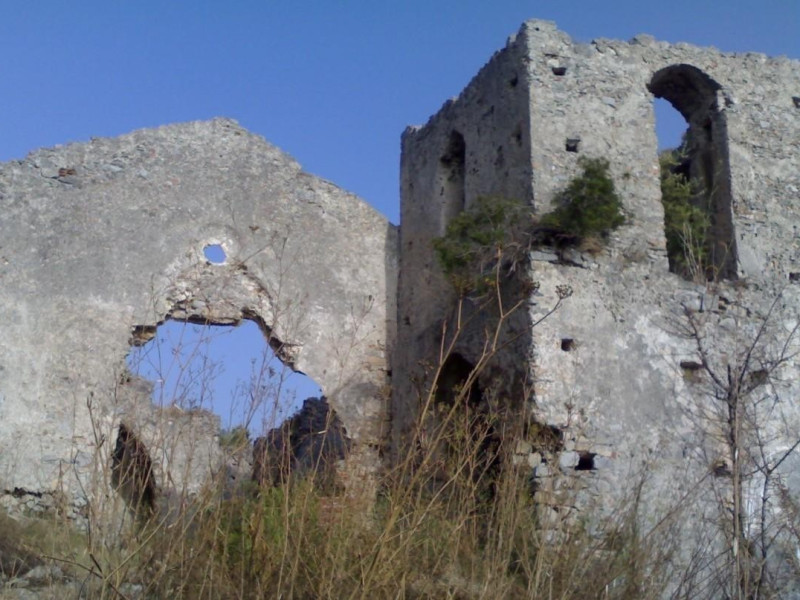Ruderi di Cirella
The first signs of human presence in Cirella date from the Upper Paleolithic: fossils and lithic found during excavation works near the train station. According to Pliny the Elder, Cirella would be equipped with a large port built by Focesi (Greek colony from Minor Asia), between 600 and 550 BC, which were succeeded by Lucani and Bruzi. In Roman times, Cerillae distinguished himself for his part in the Battle of Cannae (216 BC), during the Second Punic War. The coastal Cirella, survived the fury of Carthage, was also a bishopric and ceased to exist only in the ninth century, as a result of the Saracen invasions. It was then that the inhabitants abandoned the coast and began the construction of the new center on the hill, 172 meters above sea level, in the place where it can still find the ruins of Old Cirella: a walled city, with baronial castle and prisons (built by Carrafa Prince), which were accessed through three doors. Within the walls there were two churches: the Church of St. Nicholas the Great (Mother Church) and and the Church of St. Mary oh the Snow; outside the walls, the Church of the Annunciation and the Convent of St. Francis of Paola, with adjoining the Church of St. Mary of the Graces. In the eighteenth century, with the advent of Catalan-Gonzaga Duchy, there was a return to the development of the coastal area and the depopulation of the site in the hills. The permanent abandonment of the site occurred during the Napoleonic era, following the bombing between French and English people. In 1876, the Government of the King incorporates the Old Cirella in the current territory of Diamante.





